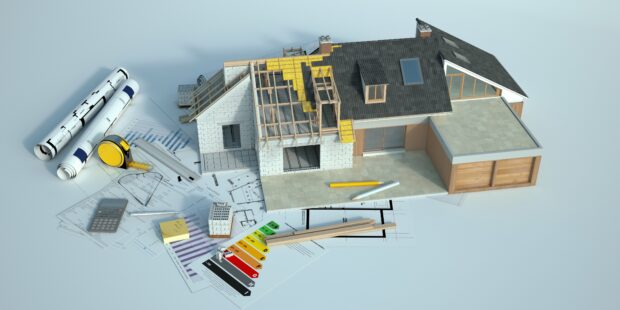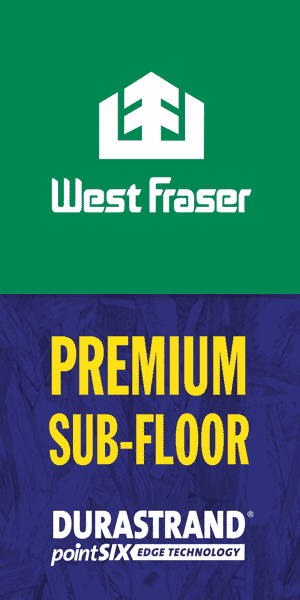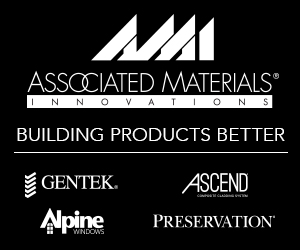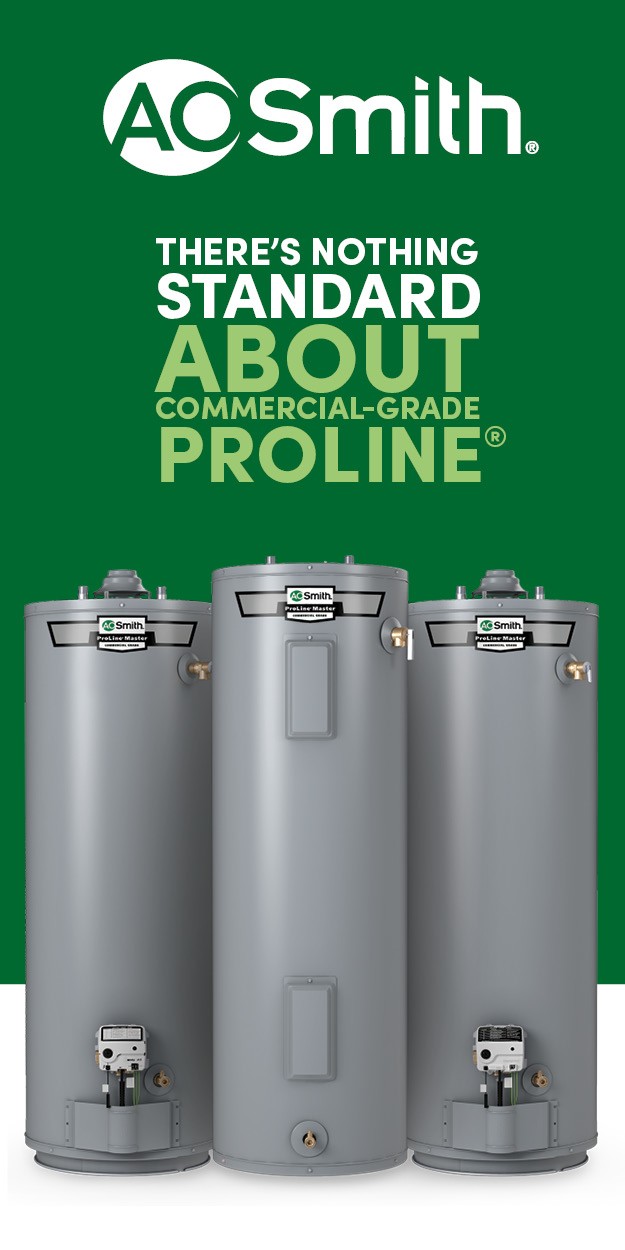
This year, construction emphasizes sustainability through zero-energy and climate-resilient builds, ESG commitments and bio-based materials
By Michelle Foster
Amidst the global urgency for environmental conservation and decisive climate action, the construction and design industry is steadfastly advancing its transformative journey toward sustainability. In 2024, this evolution reaches a pivotal juncture, characterized by five assertive sustainability trends that are revolutionizing the landscape of building and renovating homes and apartments.
The relentless drive towards zero-energy buildings has not merely gained momentum but is set for an unprecedented acceleration in 2024. Beyond the reduction of energy consumption, the focus intensifies on achieving absolute zero emissions. Building codes have ratcheted up the performance requirements for new buildings and the release of the 2014 suite if I-Codes (International Codes) will continue that trend.
Federal, state and local incentives are available to homes and buildings constructed above code and increasingly, states and localities are enacting building performance standards to move toward zero-emission buildings. Lastly, the federal government took the first step toward establishing a federal definition of Zero Emissions Building in January. Builders and developers who are interested in building high-performance buildings can earn NGBS Green+ NET ZERO ENERGY certification and prove without a doubt their sustainability credentials.
Corporate environmental, social and governance (ESG) commitments have emerged as potent catalysts propelling sustainable building practices to new heights. Corporations now recognize the imperative of aligning their business strategies with environmental and social responsibility. Driven not only by ethical considerations but also by the discerning priorities of international and institutional investors, sustainable building practices have become integral components of corporate ESG goals. This spans large production homebuilders, multifamily developers, owners and build-to-rent entities. These unwavering ESG commitments not only foster a positive impact on the environment but also elevate brand reputation and stakeholder trust. Home Innovation Research Labs offers a suite of ESG resources to help builders and developers collect ESG-related data.
In 2024, buildings are fortifying themselves with features such as flood-resistant foundations, green roofs adept at managing stormwater and adaptable facades responsive to changing temperatures.”
In a decisive move to mitigate the environmental impact of construction materials, the design and construction industry is unreservedly embracing bio-based and recycled alternatives. The ascendancy of biobricks crafted from recycled paper, hempcrete and sustainable timber signifies a paradigm shift towards responsible material choices. These choices not only diminish embodied carbon but also introduce distinctive aesthetic and functional benefits, heralding a departure from traditional, resource-intensive materials. Building product manufacturers such as Nordic, Boise Cascade, Nordic Structures, Weyerhaeuser and Patriot Timber Products all have bio-based products that have earned the NGBS Green product certification for their bio-based content.
The escalating frequency and intensity of extreme weather events demand an unwavering commitment to building designs that prioritize resilience. In 2024, buildings are fortifying themselves with features such as flood-resistant foundations, green roofs adept at managing stormwater and adaptable facades responsive to changing temperatures.
These resilient structures not only blunt the impact of climate change but also ensure the overall safety and longevity of the built environment. Builders and developers are increasingly interested in NGBS Green+ RESILIENCE certification, and in 2023 the U.S. Department of Housing and Urban Development launched the Green and Resilient Retrofit funding program, offering affordable building owners up to $60,000 per apartment for renovating multifamily buildings to be green and resilient.
Acknowledging the inseparable link between built environments and occupant well-being, the design and construction industry is decisively steering towards the use of non-toxic materials and advanced ventilation systems. The emphasis is unambiguously on creating spaces that champion healthy indoor air quality and overall occupant wellness.
This trend resonates with a broader recognition of the paramount importance of human-centric design, ensuring that buildings not only fulfill their functional roles but also contribute positively to the health and comfort of their inhabitants. Since Home Innovation rolled out NGBS Green+ WELLNESS, we have certified 597 homes and have an additional 5,650 homes registered to earn our Green Plus Wellness certification.
Perhaps it is no coincidence that 2024 is the Year of the Wood Dragon as the sustainability trends underscore an unwavering commitment to a greener, healthier and more resilient built environment. As these trends continue to shape the industry, they are poised to instigate further innovation, foster collaboration and ignite a renewed sense of responsibility towards the planet. The future of construction and design stands irrefutably sustainable, with 2024 marking a critical milestone in this transformative journey.
Michelle Foster is vice president of sustainability at Home Innovation Research Labs.














